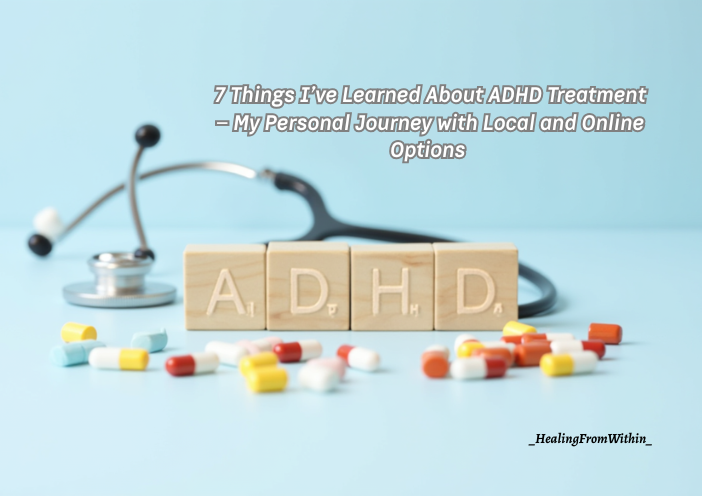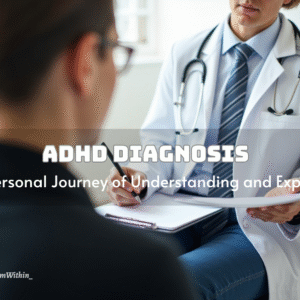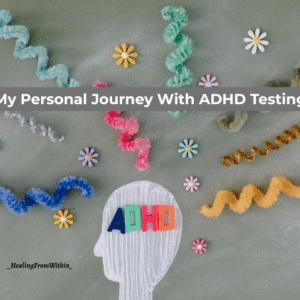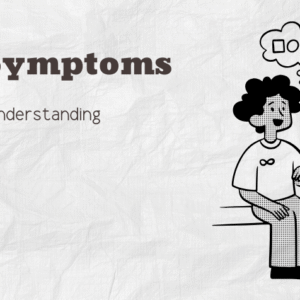Through experience, ADHD treatment has completely changed how I view myself. For years, I believed I was just lazy—sometimes focused, sometimes lost in distractions. ADHD treatment taught me that ADHD isn’t a weakness, but simply how my brain is wired. Along my journey, I discovered 10 key lessons—from therapy and local care to flexible online ADHD treatment—each step giving me more balance and confidence. Whether you’re exploring ADHD treatment for adults, navigating ADHD in women, or searching for “ADHD treatment near me,” I hope my journey helps you feel understood and supported.
1. Understanding ADHD Treatment – The Foundation of Long-Term Success
Before diving into the specifics, it’s important to recognize that ADHD treatment is more than just medication or therapy—it’s about learning how to work with your brain, not against it. What ADHD treatment really means is understanding that it’s not about changing who you are or being “lazy.” It’s about finding strategies and support that work with how your brain naturally functions, helping you manage focus, energy, and daily challenges more effectively.
What ADHD Treatment Really Means ?
I still remember walking into my first doctor’s appointment feeling anxious and unsure what to expect. Then my doctor said:
“ADHD treatment isn’t about changing who you are—it’s about giving you the tools to steer your own energy.”
That sentence completely shifted my perspective. For years, I had thought my struggles with focus and organization were personal failings. Understanding ADHD treatment helped me realize it wasn’t about being “lazy” or “disorganized”—it was about learning strategies and finding the right support to work with how my brain functions.

The Three Key Components of ADHD Treatment
Through my journey, I discovered that effective ADHD treatment usually combines three main approaches:
- Medication – This helps balance brain chemistry and makes it easier to focus, start tasks, and manage distractions. For me, it was like getting a little push that helped me engage with tasks I would otherwise avoid.
- Therapy or coaching – Professional guidance helped me develop strategies to handle time management, emotional regulation, and social relationships. Sessions weren’t always easy, but they were empowering and gave me tools I could use daily.
- Lifestyle changes – Simple adjustments like having a consistent routine, exercising regularly, or using digital planning tools can have a huge cumulative effect. Small, consistent habits made my daily life more predictable and less stressful.
Why Integration Matters in ADHD Treatment ?
One of the biggest lessons I’ve learned is that no single approach works in isolation. Medication alone doesn’t solve everything, and therapy without practical strategies can feel frustrating. The true power of ADHD treatment lies in integrating all three elements in a way that fits your life and personal needs.
2. ADHD Treatment for Adults – When Diagnosis Comes Later in Life
Being diagnosed with ADHD as an adult can be both overwhelming and eye-opening. Many spend years wondering why focus and energy feel unpredictable. My late diagnosis story: exploring ADHD treatment for adults shows how understanding ADHD later in life can open the door to strategies, support, and tools that make a real difference.
My Late Diagnosis Story: Exploring ADHD Treatment for Adults
Unlike many people, I wasn’t diagnosed with ADHD as a child. Growing up, my teachers described me as “scatterbrained” or “messy,” and I internalized those labels as personal shortcomings. It wasn’t until adulthood, juggling multiple responsibilities—jobs, bills, relationships—that my struggles became overwhelming.
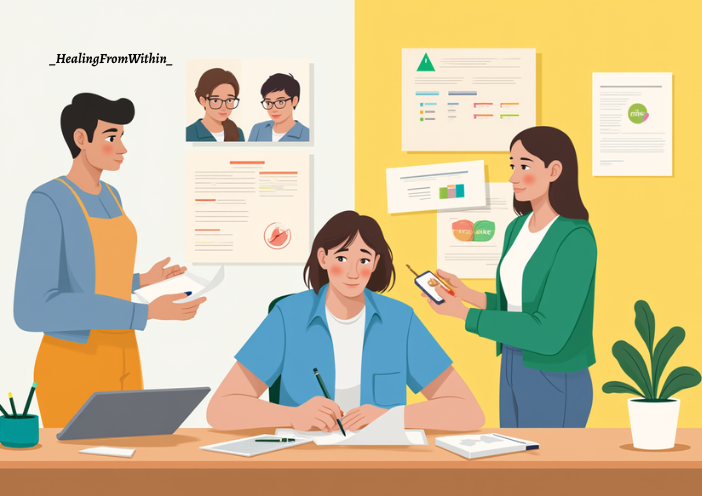
How Treatment for Adult ADHD Made a Difference
Once I started ADHD treatment for adults, I began to see real change:
- I could finish tasks without feeling trapped in an endless loop of procrastination.
- My relationships improved because I could show up more reliably and consistently.
- The constant cycle of guilt and self-blame started to fade as I understood my brain works differently, not worse.
My Biggest Insight from ADHD Treatment for Adultssight
The key lesson here is that it’s never too late. ADHD treatment for adults can provide tools and support at any stage of life, helping you reclaim productivity, confidence, and peace of mind.
3. My Steps in ADHD Treatment: A Personal Journey
Starting ADHD treatment is often both exciting and nerve-wracking. The first step for me was the initial consultation, where I met with a specialist to discuss my history, symptoms, and daily challenges. This meeting set the foundation for understanding my unique needs and exploring the strategies, therapies, and support systems that would become part of my personal ADHD treatment journey. It’s the point where clarity begins and the path forward starts to take shape.
Initial Consultation
The first step in my ADHD treatment journey was an initial consultation. I shared my symptoms, history, and the daily struggles that made life unpredictable. Being open and honest helped my doctor understand my situation and tailor a plan that fit me specifically.
Formal Evaluation
I went through assessments like the Adult ADHD Self-Report Scale (ASRS). These evaluations not only confirmed the diagnosis but also highlighted specific patterns in my behavior and attention that I hadn’t fully recognized.
Creating a Treatment Plan
Once the diagnosis was clear, we designed a comprehensive plan that included medication, therapy, and practical lifestyle tools. The goal wasn’t just symptom management—it was about finding strategies that would work in the real world, day in and day out.
Prep Before Your First Visit
One tip I wish I’d known: write down your most common struggles before your first appointment. For example, I noted procrastination, forgetting deadlines, and getting distracted easily. This preparation made my conversations with my doctor much clearer and helped shape a more effective treatment plan.
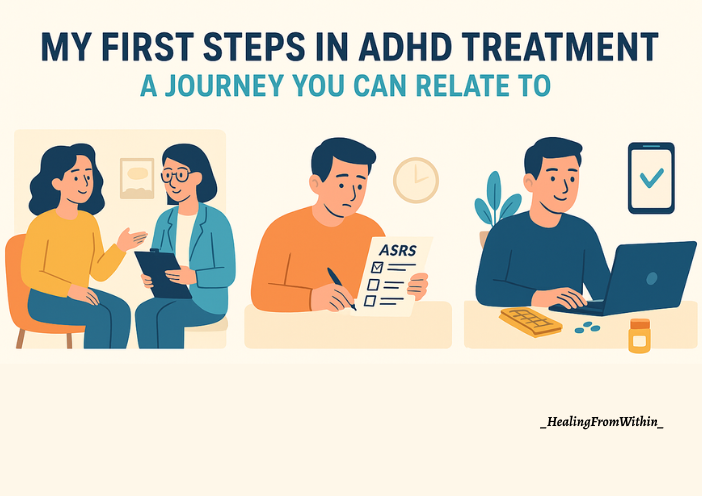
4. ADHD in Women: What It’s Really Like and How I’m Navigating Treatment
Living with ADHD as a woman can feel different from common portrayals of the condition. Many of us mask symptoms or adapt in ways that go unnoticed, making it harder to get a timely diagnosis. Why ADHD in women often goes undiagnosed lies in these subtle patterns, societal expectations, and misconceptions about how ADHD presents in females.
Why ADHD in Women Often Goes Undiagnosed ?
Through online communities and reading personal stories, I realized that ADHD can look very different in women. Many go undiagnosed because symptoms are masked by perfectionism, anxiety, or depression. Personally, I spent years trying to “fix” myself rather than understanding my ADHD.

Effective Strategies for Managing ADHD in Women
Here’s what truly helped me navigate treatment for ADHD in women:
- Therapy designed specifically for women, acknowledging challenges like balancing work, family, and social expectations.
- Joining online support groups of women who understood exactly what I was going through—feeling less alone made a huge difference.
- Adjusting routines and strategies around hormonal cycles, which surprisingly affected focus, motivation, and energy levels.
Understanding Your Body and Brain Through ADHD in Women
Understanding how my body and hormones interacted with ADHD made my strategies more effective. I learned to plan my tasks around high-focus days and adjust expectations when my energy was low.
5. How I Found ADHD Treatment Near Me – My Personal Search Journey
Searching for ADHD treatment locally can feel overwhelming, especially when options vary widely in approach and accessibility. During my own journey, I quickly realized that not all providers are equally equipped to meet adult ADHD needs. Challenges of finding local ADHD treatment near me often included long wait times, limited specialized care, and uncertainty about which resources would be most effective.
Challenges of Finding Local ADHD Treatment Near Me
For a long time, I searched Google repeatedly for “ADHD treatment near me” and felt overwhelmed by the options and uncertainty. It was hard to know where to start.
Benefits of In-Person ADHD Treatment Near Me
Eventually, I found a specialized ADHD clinic at a university hospital. The benefits were significant:
- I could build trust with a doctor in person, ask questions, and get immediate feedback.
- Family members could participate in sessions to better understand my challenges.
- Local support groups and resources became more accessible, helping me feel part of a community.
Tips for Finding Local ADHD Treatment Near Me
If you’re searching for ADHD treatment near me, consider:
- University hospitals with ADHD clinics
- Local ADHD organizations
- Community support networks
6. Exploring Online ADHD Treatment – A Convenient Alternative
For those who struggle to access local care, online ADHD treatment can be a game-changer. It offers flexibility, convenience, and a wider range of specialists without the limitations of geography. Exploring online ADHD treatment allowed me to find support that fit my schedule and needs while still receiving personalized strategies and guidance.

Advantages of Online ADHD Treatment
When I couldn’t find appointments nearby, I tried online ADHD treatment. It worked surprisingly well. Some benefits include:
- Attending appointments from home without commuting
- Often more affordable than traditional clinics
- Access to specialists outside your city
Limitations of Online ADHD Treatment
- Assessments may be less thorough than in-person evaluations
- Building a personal connection with a doctor or coach can be harder
- Privacy and data security require extra caution
Even with limitations, online ADHD treatment has been a lifeline during times when local care wasn’t accessible.
7. Personalizing ADHD Treatment – Building What Works for You
Personalized ADHD treatment is about discovering the right mix of tools, routines, and support for you. Through experimentation and reflection, you can create strategies that genuinely improve focus, productivity, and well-being.

Finding Your Right Mix in ADHD Treatment
The biggest lesson I’ve learned is that ADHD treatment is highly individual. For me, the best combination has been medication + therapy + planners + exercise. Others might benefit from coaching, lifestyle changes, or a different mix entirely.
Keeping Track of Your ADHD Treatment Journey
I keep a journal to monitor symptoms, check in with my doctor regularly, and tweak my approach as needed. Tracking progress helps me understand patterns and recognize what works best for me.
Adapting and Embracing Flexibility in ADHD Treatment
ADHD treatment isn’t linear. It’s a journey with ups and downs, adjustments, and ongoing learning. Accepting this flexibility makes the process feel empowering rather than frustrating.
Final Thoughts on ADHD Treatment
Whether you’re exploring ADHD treatment for adults, seeking treatment for ADHD in women, searching for ADHD treatment near me, or trying online ADHD treatment, remember this: your journey is unique.
ADHD treatment isn’t about perfection. It’s about steady progress, one step at a time. Piece by piece, you can reduce self-blame, build confidence, and find a balanced, fulfilling life.
That’s my story—but what about yours? I’d truly love to hear it.
And if you’d like to swap ideas, tips, and tools, follow me on Pinterest for daily inspiration and check out my handpicked ADHD-friendly books & tools on Amazon. We’re in this together.

